Let’s take a trip back to the 1960s when the world was buzzing with peace signs, tie-dye, and the spirit of change. The Flower Power movement wasn’t just about fashion—it was a symbol of love, freedom, and rebellion.
This is where the flower child looks truly bloomed, and I’ll show you why this era was such a game-changer!
If you’ve ever seen images of the ’60s, you’ve probably noticed the carefree, laid-back style. That’s the hippie movement!
We’ll talk about how this cultural wave shaped not just fashion but the mindset behind it—where comfort, individuality, and connection with nature were everything.
Even today, you can spot the lasting influence of Flower Power in modern fashion. From flowing fabrics to earthy tones, the flower child spirit lives on.
I’ll show you how these groovy trends continue to inspire style and how you can bring a little bit of that free-spirited vibe into your wardrobe!
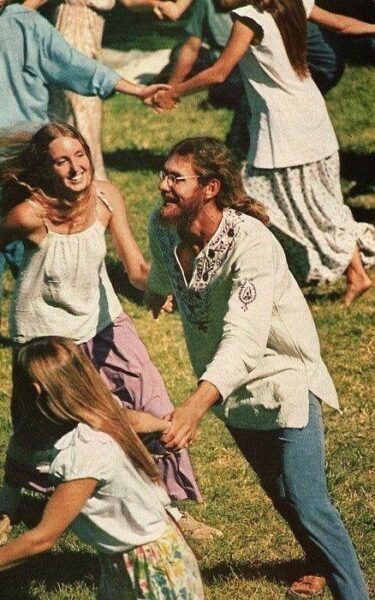
Credits: @hom1cid3 / Pinterest
Key Takeaways
- The Flower Power movement of the 1960s was driven by a countercultural wave of peace, love, and rebellion against societal norms, symbolized by the carefree, nature-inspired flower child look.
- Key moments, such as the Vietnam War protests and the Summer of Love in 1967, were instrumental in shaping the movement, leading to the widespread embrace of non-violence and passive resistance.
- The era’s fashion was marked by flowing fabrics, vibrant colors, and psychedelic patterns, which remain influential in modern styles and reflect the free-spirited nature of the time.
- Music, art, and figures like Janis Joplin and Jimi Hendrix fueled the movement’s ideals. At the same time, iconic locations like San Francisco’s Haight-Ashbury helped cement Flower Power’s lasting impact on fashion and social activism.
Key Influences of the Flower Power Era
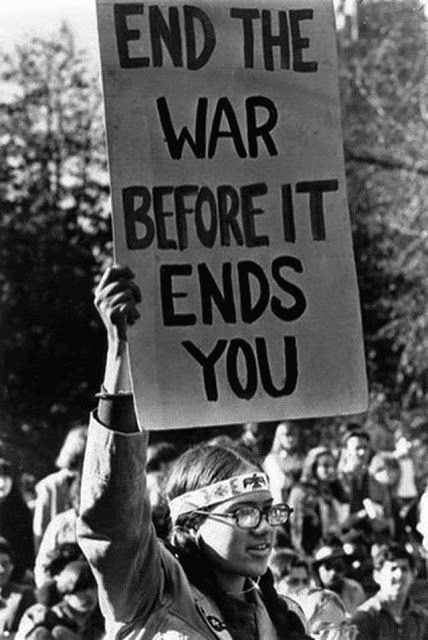
Credits: @vintageeveryday / Pinterest
When we think of the Flower Power era, it’s easy to picture the late 1960s and early 1970s filled with psychedelic music, colorful clothes, and masses of flowers.
But what really shaped this movement?
A mix of social and political factors, like the Vietnam War, war protests, and the counterculture movement, fueled the rise of the flower children and their opposition to mainstream norms. That’s just one of the key moments that defined this iconic time.
The Late 1960s and Early 1970s
The late 1960s through the early 1970s was when the Flower Power movement truly blossomed in the United States.
During this time, cities like San Francisco became the hub for flower children, who embraced peace, love, and art while rejecting societal norms. The era was an explosion of psychedelic music, art, and free-spirited expression.
The Role of the Vietnam War and War Protests
The Vietnam War was a major trigger for the opposition movement, as young people across the country joined war protests to make their voices heard.
American beat poet Allen Ginsberg and other influential figures led these protests, who called for peace and an end to the conflict.
The anti-war sentiment became a defining characteristic of the counterculture movement.
The Summer of Love and Its Impact
The Summer of Love in 1967, centered in San Francisco, is one of the most iconic moments of the late 1960s.
Thousands of people gathered to celebrate peace, love, and freedom, solidifying the movement’s ideals.
This gathering had a massive impact, influencing fashion, music, and lifestyle—everything from stock photos of the era to the lasting spirit of the flower children.
Cultural Revolution and Social Issues
The 1960s saw many major changes, from equal rights movements to anti-war rallies. People spoke up for change through fashion, music, and peaceful protests.
Groups like Jefferson Airplane and icons like Janis Joplin were at the heart of these movements, performing at massive events like those in New York City and turning concerts into peaceful, affirmative spectacles.
It was a time when people wore flowers not just as accessories but as a symbol of passive resistance—standing for love, peace, and harmony.
The so-called counterculture of drugs was also part of the scene, but for many, it was more about freedom of expression. Props like flowers and vibrant colors became trademarks of the era, almost like a visual protest against the norms of the time.
The Importance of Non-Violence Ideology
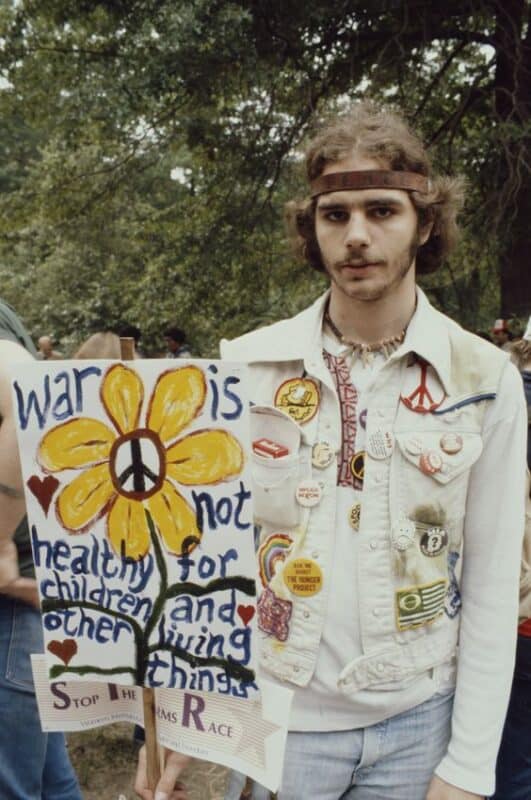
Credits: @dizainquevo / Pinterest
One of the biggest messages of the Flower Power era was the non-violence ideology.
People believed that change could come through peaceful actions without fighting or war. This belief was at the movement’s core, especially during the Vietnam War protests.
People gathered for anti-war rallies, where they chanted, sang, and wore flowers in peaceful protest. It was about showing that love and kindness could be more powerful than violence.
Even today, peaceful protests and the continued fight for justice are modern references to these ideals.
The Flower Power movement may have started decades ago, but its spirit lives on in the way we still push for change through love and peace, just like they did back then.
Iconic Locations and Figures
Some of the most iconic locations and figures shaped the Flower Power movement. These places and people left their mark on the countercultural movement and still inspire us today.
From the streets of San Francisco to the music of legends like Jimi Hendrix, each had a unique role in pushing forward the ideas of peace, love, and social permissiveness. We’ll explore the key places and individuals who made this movement legendary.
San Francisco and the Haight-Ashbury District

Source: thespec.com
San Francisco’s Haight-Ashbury district was the heart of the Flower Power scene. It was a hub of creativity, freedom, and countercultural expression.
The Haight-Ashbury area embodied the essence of Flower Power—its streets were filled with people wearing psychedelic prints, large-scale floral patterns, and whimsical designs that reflected the movement’s ideals.
The district was also known for its openness to experimentation, including the use of psychedelic drugs, which were thought to expand consciousness and fuel creativity.
One of the most significant moments in Haight-Ashbury was the Summer of Love in 1967. Thousands of people flocked to the area, drawn by the promise of freedom, social permissiveness, and an alternative way of living.
This event was a key moment in the countercultural movement, and thanks to heavy news coverage, it brought international attention to the district.
The Significance of New York City and Central Park
New York City, especially Central Park, also played a huge part in the movement.
Gathering there meant freedom from the daily grind and a chance to embrace the era’s whimsical, fabric-retro vibe. News coverage often focused on these gatherings, showcasing the social permissiveness that was a trademark of the Flower Power era.
American Beat Poets: Allen Ginsberg, Abbie Hoffman, and Jerry Rubin
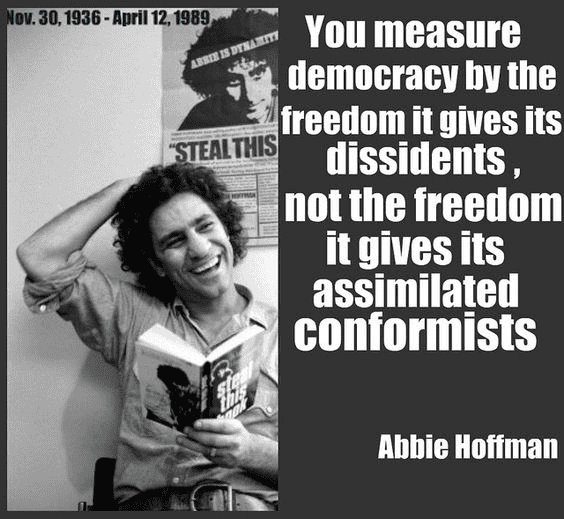
Credits: @flickr / Pinterest
These poets were pioneers in shaping the movement’s ideals. Allen Ginsberg, Abbie Hoffman, and Jerry Rubin were outspoken about peace, freedom, and the rejection of societal norms.
They gave voice to the countercultural movement, spreading their messages through poetry, speeches, and activism.
The Influence of Musicians
Music was a driving force for the movement, and artists like Jimi Hendrix, Janis Joplin, and Bob Dylan were the soundtrack to this era of change.
- Jefferson Airplane: Their music became the soundtrack of the counterculture, with hits like “White Rabbit” and “Somebody to Love” reflecting the psychedelic and rebellious spirit of the era. They’re also known for their unconventional performances and drug-inspired lyrics, embodying the Flower Power ethos of challenging societal norms and embracing freedom.
- Janis Joplin: Her soulful voice and bluesy rock hits like “Piece of My Heart” and “Summertime” captured the movement’s raw emotion and intensity. Moreover, she became a symbol of female empowerment and the countercultural revolution because of her bold, unapologetic persona and embrace of a free-spirited lifestyle.
- Jimi Hendrix: Hendrix’s innovative guitar work and psychedelic rock anthems, such as “Purple Haze” and “Hey Joe,” pushed the boundaries of music and became synonymous with the Flower Power era, representing a blend of artistic brilliance and rebellious spirit.
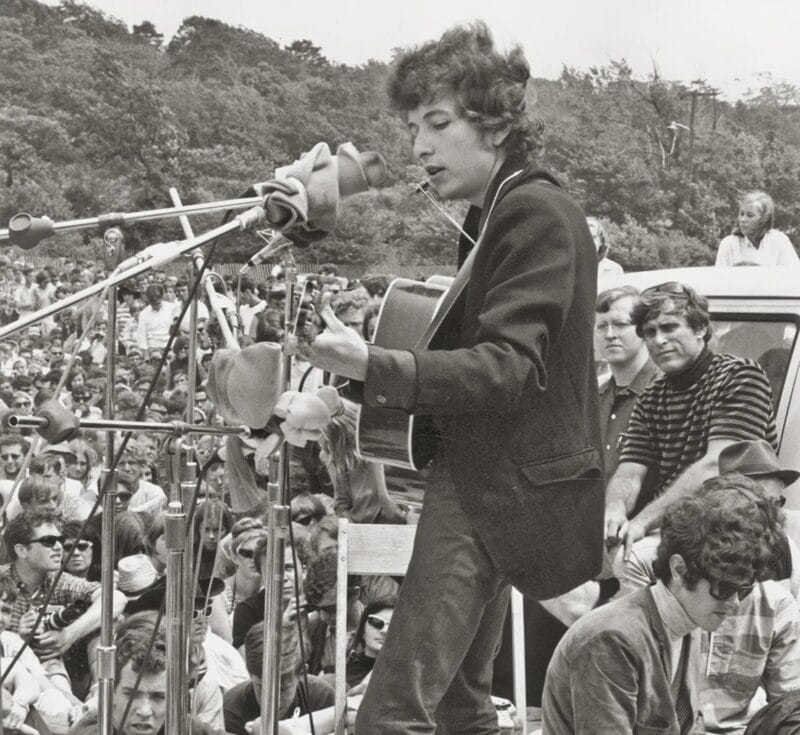
Source: loudersound.com
- Bob Dylan: Dylan’s profound, socially conscious lyrics and folk-rock hits like “Blowin’ in the Wind” and “The Times They Are a-Changin’” resonated with the movement’s ideals of peace and change. Thus, his songs inspired activism and reflection on social issues, aligning with the movement’s goals of challenging the status quo and advocating for social justice.
- Scott McKenzie: McKenzie’s hit song “San Francisco (Be Sure to Wear Flowers in Your Hair)” became an anthem for the Summer of Love, encapsulating the spirit of the Flower Power movement. Besides, it helped popularize the Flower Power message to a wider audience, making it an enduring part of the movement’s legacy.
With their retro garden sound and messages of peace, love, and rebellion, these musicians influenced fashion and lifestyle. Even today, their music inspires a sense of freedom as timeless as a floral fabric in an eggshell blue shade.
Role of the Hells Angels Motorcycle Gang in the Counterculture
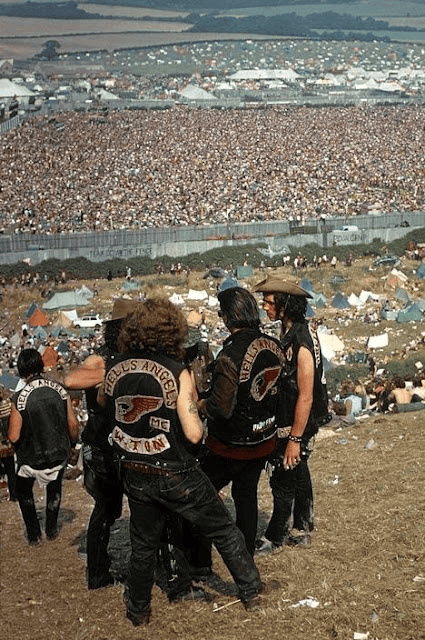
Credits: @66bananas / Pinterest
Surprisingly, the Hells Angels motorcycle gang also played a countercultural movement role.
Known for their rebellious nature, they were often seen at major events like concerts and protests. While their presence was controversial, they added a layer of complexity to the fabricretro of Flower Power’s social landscape.
They often acted as security at concerts and events, bringing a gritty, raw edge to the movement’s otherwise idealistic facade.
However, their involvement in significant events, such as the infamous Altamont Free Concert in 1969, highlighted the darker side of the countercultural movement. The concert, which they helped oversee, ended in violence, illustrating the challenges and contradictions within the movement.
Fashion Essentials for the Flower Child Look
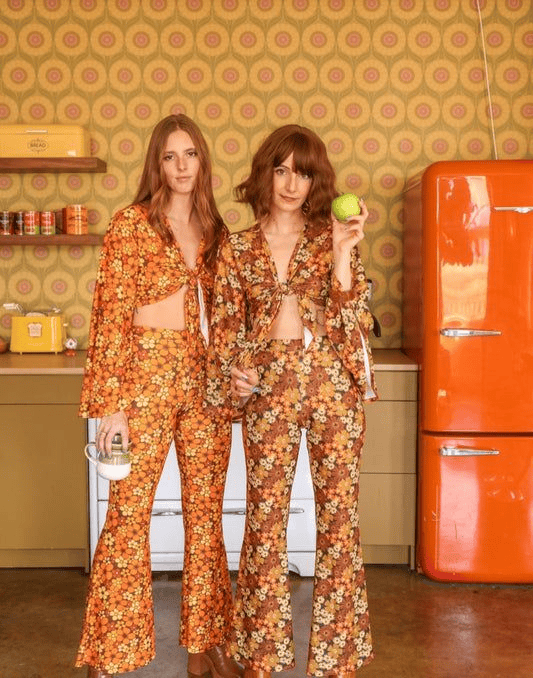
Credits: @thechaindesigns / Pinterest
Ready to embrace your inner flower child? Here are essentials for rocking that groovy, flower-powered style:
Wear Flowers and Use Flower Power as a Symbol: Flowers are more than just a print; they symbolize peace and love. Think about adding floral accessories or prints to your wardrobe to let your style speak volumes.
Long Hair and Vibrant Colors as Trademarks: Long, flowing hair and bold, vibrant colors are signature elements of the flower child look. Whether adding a splash of color to your locks or choosing bright outfits, channel that free-spirited vibe!
Incorporating Floral Fabrics: Go for fabrics with patterns like blue-eggshell floral, rustic orange, and classic daisy prints. These patterns are the heart of flower power fashion and will help you stand out in style.
Seventies Flower Power Vibe and Retro Garden Aesthetics: Embrace the seventies with retro garden aesthetics. Think flowy dresses, bell bottoms, and all the things that scream ‘vintage flower child.’
Using Fabric Retro Whimsy Daisy-Flower Power Designs: Mix and match different daisy and floral prints for a whimsical touch. Don’t be afraid to go bold with your patterns—it’s all about expressing your unique style!
Channel Psychedelic Flower Power Through Style: Finally, bring in a touch of psychedelic flair. Vibrant colors, swirling patterns, and eclectic accessories will give you that psychedelic flower power edge.
Use these tips to transform your wardrobe into a flower-filled wonderland!
The Role of Psychedelic Culture in Fashion
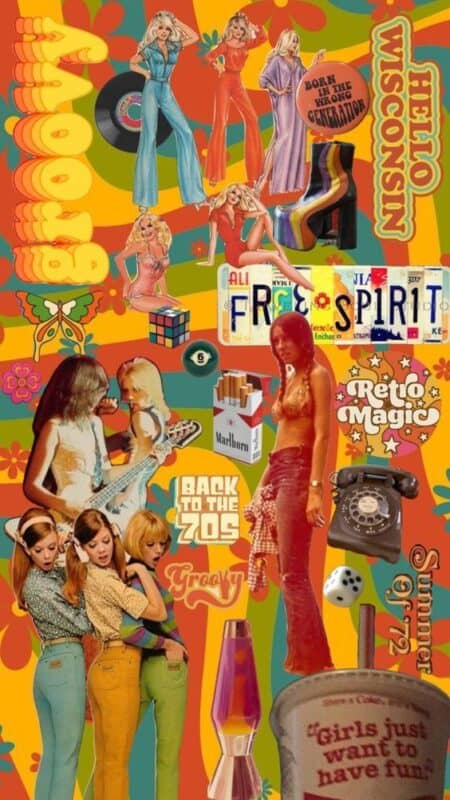
Credits: @aishaelizabeth / Pinterest
As mentioned, psychedelic culture has shaped fashion. Here’s how it brought a vibrant and unique flair to style:
- Psychedelic Music & Clothing Choices: The groovy sounds of bands like The Beatles and Pink Floyd inspired people to dress in colorful, eclectic outfits that mirrored the music’s energy.
- Psychedelic Art & Colors: The swirling, bold patterns from psychedelic art found their way into fashion, introducing bright, eye-catching colors and designs that became a signature look.
- Drug Culture & Fashion: This culture-fashion connection is evident in the era’s distinctive style, which embraced freedom and experimentation in clothing.
- Key Trends: Iconic elements like pink posters and vibrant hues were central to psychedelic fashion, setting trends that still resonate today.
- Incorporating Props: Props like funky accessories and colorful scarves added a playful, psychedelic touch to outfits, completing the look with a burst of personality.
Ready to add some psychedelic vibes to your style? Go on!
Social and Political Messages in Fashion
Fashion has also been a powerful tool for social and political statements—a canvas for expressing dissent. Throughout various movements, people have used their style to make bold statements, whether through striking slogans, symbolic colors, or unconventional looks that challenge mainstream norms.
One classic example of how fashion played a crucial role in movements is promoting the importance of peaceful, affirmative spectacles—as non-violent social change cannot be overstated. This allowed activists to convey their messages of change without resorting to violence.
Thus, wearing statement pieces highlights the power of positive, non-confrontational activism in inspiring and effecting real change.
However, wearing specific clothing can also symbolize passive resistance. This form of protest doesn’t involve confrontation but uses fashion to resist and spotlight issues of injustice silently.
By choosing what to wear, individuals can make a statement and challenge oppression in a subtle yet impactful way.
The flower brigade, a group of activists known for their symbolic use of flowers, made a significant mark on fashion. Their vibrant floral patterns and colors became a powerful emblem of the peace movement, influencing fashion trends and embodying the spirit of their cause.
Finally, Jan Rose Kasmir.
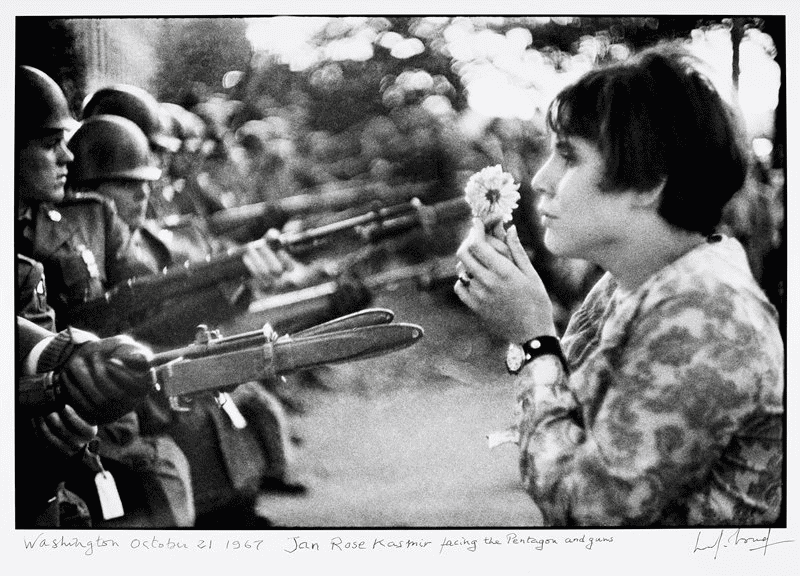
Source: collections.artsmia.org
She is a school student who became famous for her iconic photograph of holding a flower in front of soldiers. This exemplifies how individual acts of defiance can symbolize a broader movement.
Her image captured the essence of peaceful protest and inspired a fashion trend that echoed these ideals, demonstrating how style can reflect and amplify the values of activism.
Modern References and Inspirations
So, how has the flower power movement made its way into today’s fashion world? It’s fascinating to see how this vibrant era still influences modern styles. The flower power vibe didn’t just fade away; it’s woven into the fabric of American history and pop culture.
We’ve seen it pop up in mainstream fashion trends, even if only briefly, showing how its influence can be fleeting but impactful.
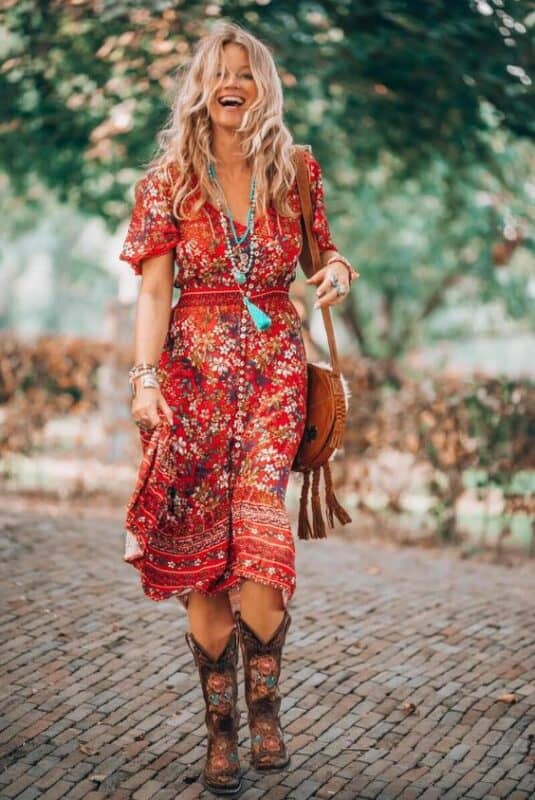
Credits: @Ibizabohogirl / Pinterest
Today, flower power is making a comeback in fresh, exciting ways. For example:
- Custom Fabrics: Designers like Anna Sui and Etro are bringing back psychedelic prints and floral patterns that echo the 60s vibe.
- Bold Patterns: Brands like Free People and Anthropologie feature bright, kaleidoscopic designs that channel the flower child spirit.
- Bohemian Styles: Modern boho looks with flowy dresses, fringe, and vintage-inspired accessories remind us of that carefree era.
From these standout pieces to trendy new designs, modern fashion continues to draw inspiration from this iconic movement, proving that flower power is here to stay!
How to Shop for Flower Child Fashion Today
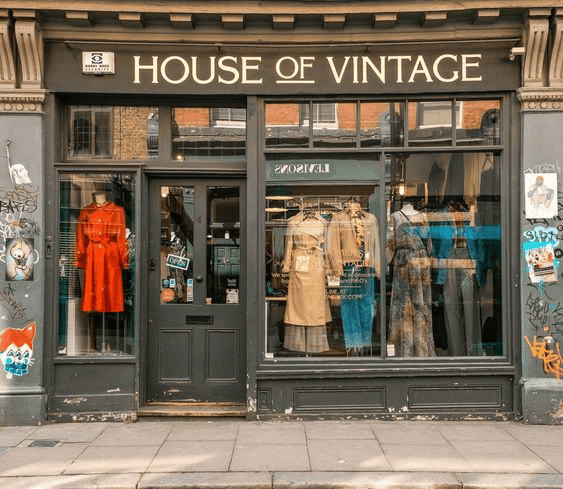
Credits: @huesofdelahaye / Pinterest
Hey there, flower child! Ready to dive into the world of retro fashion? Here’s how I find the perfect pieces to channel that groovy vibe:
- Search for Floral Fabrics and Designs: Look for fabrics with gorgeous floral prints like the anemone coronaria. They add that classic flower power touch to any outfit.
- Use Retro Inspirations: Draw from garden-inspired designs and those colorful Flower Power rainbows. They’ll give your wardrobe that authentic 60s and 70s flair.
- Select These Colors: For a vintage feel, go for buttercup pink, sunny yellow, purple, and rustic white. Medium-scale prints in these shades are perfect for a classic, boho look.
- Shop in Vintage Stores: If you’re hitting NYC or San Francisco, check out their amazing vintage shops. They’re treasure troves for unique flower child fashion.
- Identify Authentic 70s Pieces: When hunting for original 1970s gear, look for distinctive pink and orange hues. These colors scream retro and add an authentic touch to your collection.
Let’s make shopping for Flower Child fashion as fun as wearing it!
Conclusion
To wrap it up, the hippie movement truly transformed fashion with its bold embrace of freedom and self-expression.
The Flower Power era brought a burst of color and creativity that inspires style today. This vibrant legacy reminds us that fashion is not just about what we wear but about expressing our true selves. If you’re exploring topics on cultural influences like this and need assistance, you can always say, write my paper on WritePaper, and bring your ideas to life.
Ready to embrace your inner flower child?
Dive into vintage stores, experiment with those groovy prints and colors, and let your unique style shine. Share your flower child looks with us and keep the spirit of Flower Power alive!
